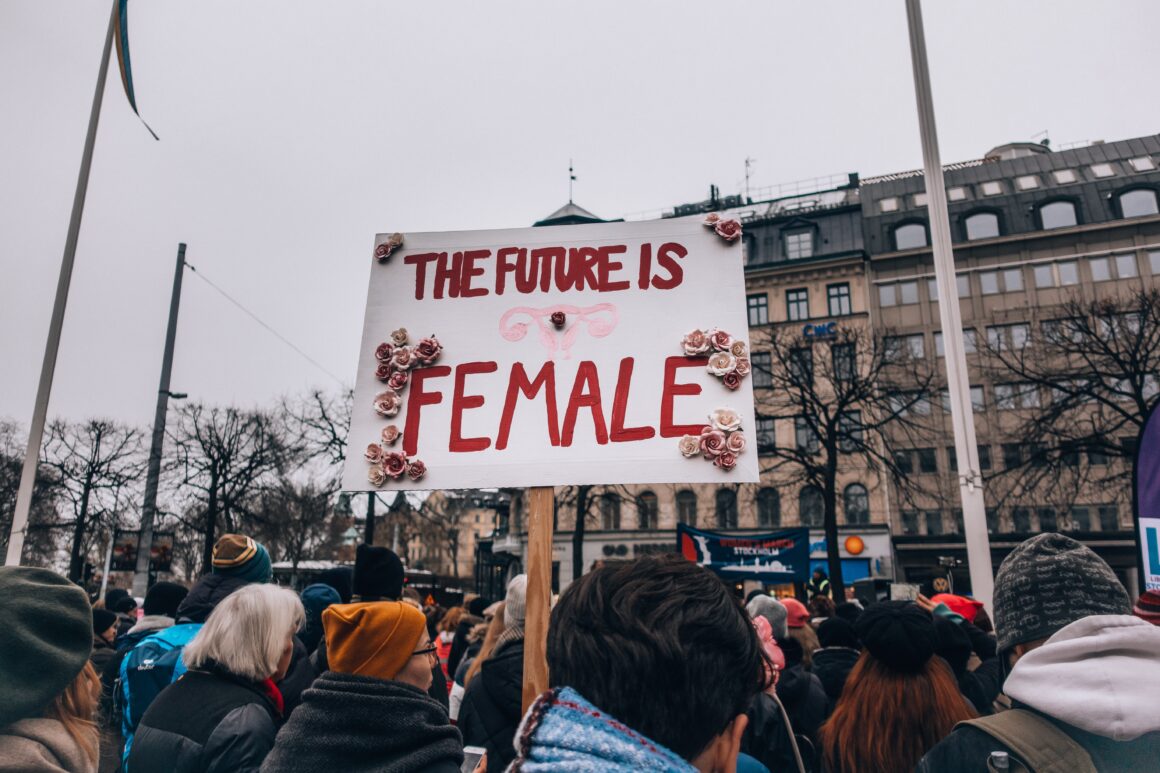Science has traditionally been considered a man’s field: most scientific achievements are accredited to men, and the best-known scientists are male. Physics is a particularly male-dominated field, and female physicists often experience bias, unequal opportunities and a lack of support. As female scientists become more accepted, however, their opportunities are slowly widening. But this does not mean that things will be equal between male and female scientists for a long time.
The disparity in the experiences of male and female scientists is longstanding. There has always been a stigma against girls studying physics, likely in part due to the belief that women should stay home and to take care of children and do domestic work; and that, if women do, in fact, work outside the home, they are only capable of jobs less demanding than typically male professions. This social construct manifests in the many signals girls receive to the effect that science, especially physics, is more fit for boys.
Girls in single-sex schools are two and a half times more likely to take physics than their co-educated counterparts. In English state co-educational schools, 49% of teachers did not send a single female student to study physics at A-level, according to a study conducted by the Institute of Physics. In addition, a study conducted by the American Institute of Physics Statistical Research Center demonstrated that women in physics comprised only 14% of the faculty and 20% of all undergraduate and graduate students.
This suggests that the odds are stacked against a girl before she even contemplates pursuing physics. She has to battle her teacher’s disparaging attitudes and compete with her male counterparts to prove that she is just as worthy as they. She is practically alone in a field dominated by men. And if she does, against all odds, succeed in her field, she still has to wrestle the derogatory attitudes her equally-qualified male co-workers impose. Their sexism comes in many forms, from microaggressions to blatant trespasses. If she were to arrive at work looking put-together and sharp, especially if she were to sport makeup or jewelry, she would be accused of spending too much time of superficial matters and not dedicating enough attention to her duties as a physicist. This is simply a daily transgression that must be borne. Some infractions, however, are so severe that they threaten to diminish her entire career. For example, when women and men with equally impressive backgrounds and experiences were scored, the women generally scored lower in scientific competency. The few women who were equal in score to men had about three additional publications in prestigious scientific magazines.
Harassment experienced by women in male-dominated fields (e.g., scientific ones) is a longstanding problem. According to a recent survey published by the American Astronomical Society’s Committee (AAS) that studied 426 female astronomers, the great majority of them claimed to be the victims of sexism: 82% had experienced sexists remarks, 57% had experienced verbal sexual harassment and 9% reported having been physically harassed. In response to these discouraging statistics, AAS created an anti-harassment policy for conferences in 2008, which was quickly adapted and adopted in other societies for their own meetings.
Another survey published in 2004 by the Academic Field Experiences, which included 666 scientists, showed that many women felt pressure from male co-workers, usually leading to harassment and assault, mostly directed against early career women. There are many examples of sexual harassment, for example, an incident at Caltech, in which professor Christian Ott has now resigned after gender-biased harassment of two female students, as well as a situation at UC Berkeley, infi which several female students were harassed by an astronomy professor.
The disparaging attitude towards women in physics is the result of many years of male domination in the field. Many men feel that women do not belong in a lab or a conference, and their resentment is amplified by a culture of turning a blind eye to sexual harassment and an overall sexist environment.
Women’s unequal experience in science is also evident in the review of peer-reviewed journals, the cornerstone of scientific publishing. Peer-reviewed manuscripts are the essential currency of scientific advances due to the credibility afforded by an independent scientific review. When researchers submit a manuscript to a journal, the journal selects independent subject matter experts to review the submission. Scientists are invited to peer review based on their scientific reputation and accomplishment. A recent study produced by a group of scientists from all around the world (including scientists from Yale and the Max Planck Institute) found that women scientists (a small minority in science as it is) are under selected for these jobs, compared to their equally-qualified male counterparts.
The phenomenon responsible for this is known as homophily. Those whom it affects experience a slight bias to those of the same sex. Because there are more males in the scientific community, there are more males producing scientific studies.The more males producing scientific studies, the more males experiencing homophily, which results in more males being given unwarranted bias. The effect of homophily is additionally more harmful when one takes into account the fact that 50% of men are likely to experience the phenomenon, compared to 10% of women. In short, it means that not only do males receive more unwarranted bias, their female counterparts are far more unlikely to receive some on their end to ‘make up’ for what the males are receiving.
While the fields of physics and physical science are particularly guilty regarding sexism, in no is it way absent from social science fields. The recent publication of a senior thesis by Alice H. Wu, a student at the University of California, Berkeley, shocked the world when she investigated the difference in attitudes when male and female economists anonymously discussed other economists on the professional website Economics Job Market Rumors. In her research, she found that the words most frequently used by males when referring to fellow female economists are as follows (in order): ‘hotter’, ‘lesbian’, ‘bb’ (internet slang for ‘baby’), ‘sexism’, ‘tits’, ‘anal’, ‘marrying’, ‘feminazi’, ‘slut’, ‘hot’, ‘vagina’, ‘boobs’, ‘pregnant’, ‘pregnancy’, ‘cute’, ‘marry’, ‘levy’, ‘gorgeous’, ‘horny’, ‘crush’, ‘beautiful’, ‘secretary’, ‘dump’, ‘shopping’, ‘date’, ‘nonprofit’, ‘intentions’, ‘sexy’, ‘dated’ and ‘prostitute’. These results are especially shocking when compared to how female economists refer to men economists, as those words are neither degrading nor sexist; instead, the list includes words such as ‘mathematician,’ ‘textbooks’ and ‘pricing’.
Widespread discrimination and harassment is pervasive in applied science (science, technology, engineering and mathematics [STEM]) fields as well, as demonstrated by the recent revelations by Susan Fowler regarding outright harassment, sexism and belittling treatment during her tenure as an engineer at Uber.
While measures have been taken to improve the disparity between males and females in scientific fields, there is still a long way to go. Many cases of inequality and discrimination go unreported, and many occur so frequently that some do consider it commonplace. However, as more and more awareness on this issue is spread, things do tend to improve, and it is possible that at some point in the far future things will balance out and become equal. Until then, women will have to grit their teeth and bear the discrimination in order to ensure future generations of women in science a fair and equal experience.
Photo Credit: U.S. Army photo


